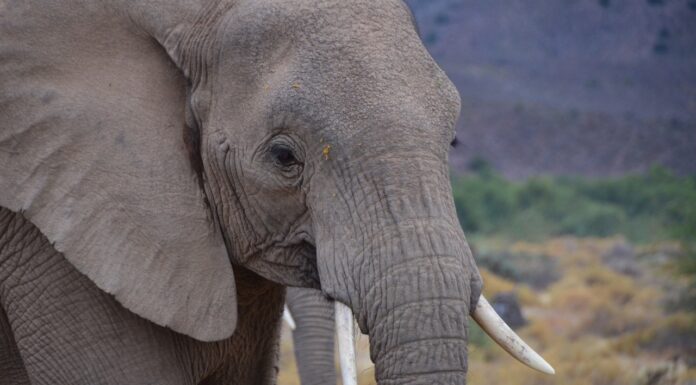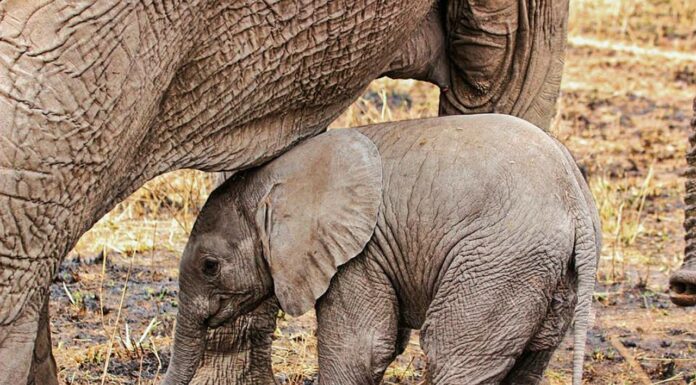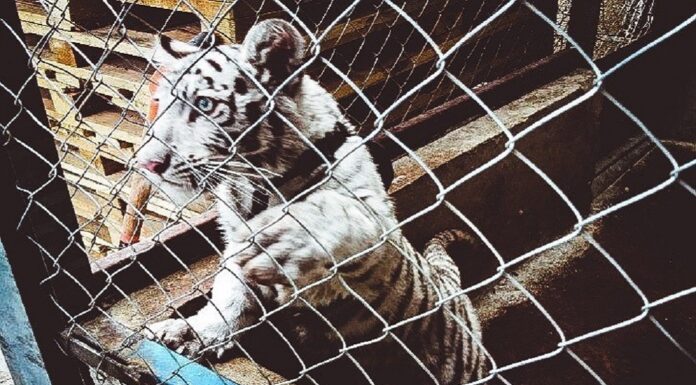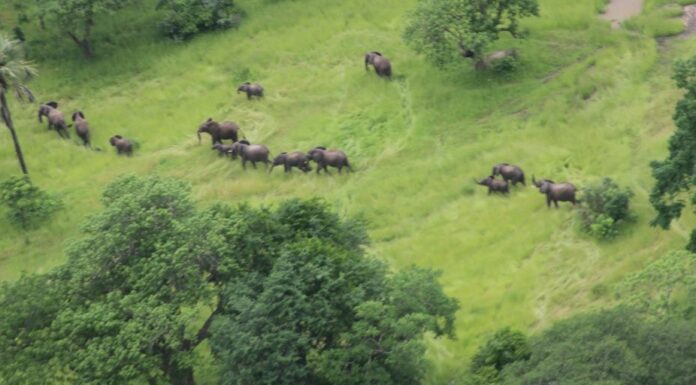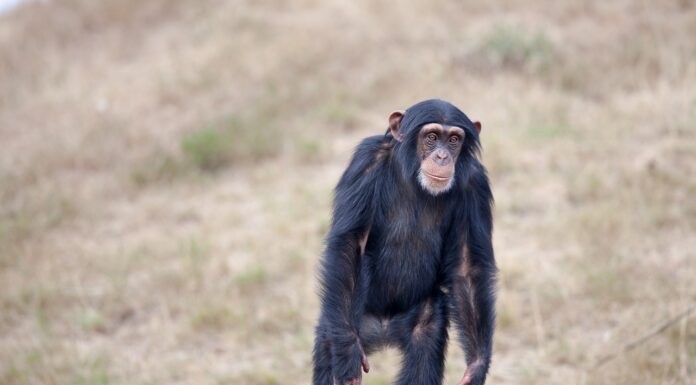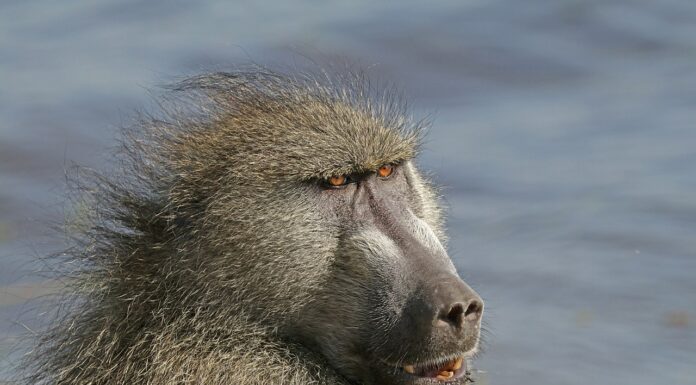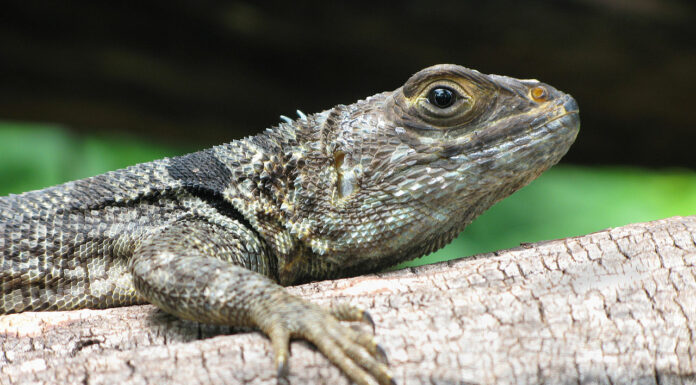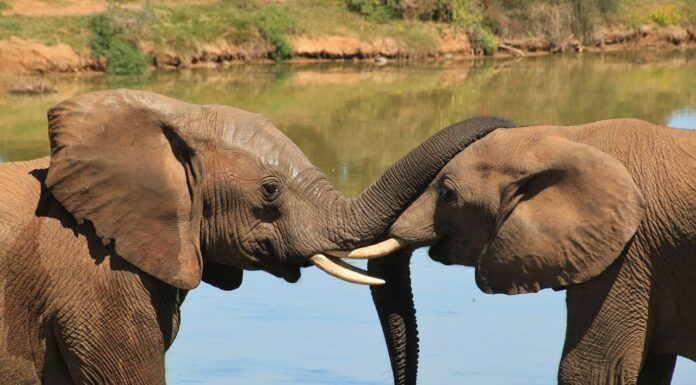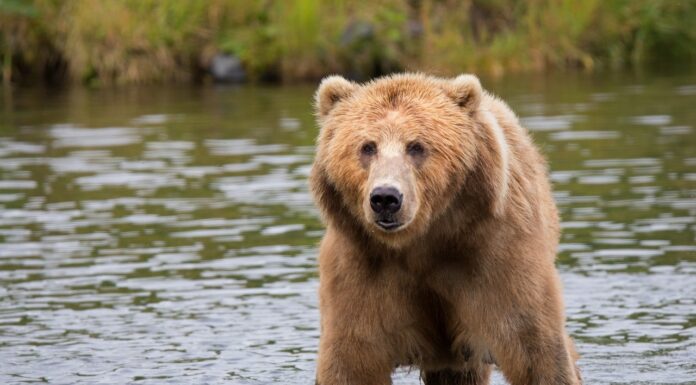Written by: Kimberly White
The First Lady of Kenya, Margaret Kenyatta, has officially launched the “Ivory Trade is a Rip-off” campaign. The campaign is a reaffirmation of Kenya’s position on the ivory trade and aims to raise awareness ahead of...
Written by: Kimberly White
Rhino and elephant populations are on the rise in Tanzania. The population rebound is a result of government efforts to crackdown on poaching and wildlife trafficking.
Rhinos have had more than a 1,000% population increase. In 2015,...
Written by: Kimberly White
INTERPOL and the World Customs Organization (WCO) took on wildlife traffickers last month with Operation Thunderball. Coordinated by INTERPOL’s Environmental Security Programme and the WCO Environment Programme, Operation Thunderball is the third in the series following...
Written by: Kimberly White
WildAid has announced an ambitious new plan to strengthen enforcement of 250 marine and coastal areas by 2025. These areas have been designated as protected but lack crucial support, thereby leaving local marine wildlife and coastal...
Written by: Kimberly White
Once plagued with wildlife crime, the Niassa National Reserve has become a safe haven for elephants. On June 17th, the Wildlife Conservation Society (WCS) announced an extraordinary success from the Niassa National Reserve in Mozambique. Niassa...
Written by: Tatyana Humle, Rosa Garriga, and Luna Cuadrado
In 2016, the International Union for Conservation of Nature listed the western African subspecies of chimpanzee (Pan troglodytes verus) as “Critically Endangered”. It had previously been listed as “Endangered”.
This change...
Written by: Isabelle Catherine Winder
Baboons are large, smart, ground-dwelling monkeys. They are found across sub-Saharan Africa in various habitats and eat a flexible diet including meat, eggs, and plants. And they are known opportunists – in addition to raiding...
Courtesy of Yale Climate Connections
Written by: Daniel Grossman
Barry Sinervo and two dozen coauthors in 2010 published a scientific paper that dismayed wildlife experts. A biologist at the University of California, Santa Cruz, Sinervo had developed a model for predicting...
Written by: Kimberly White
WildAid Japan and Tears of the African Elephant (TAE) are calling on Japan to end its ivory trade beginning with abandoning ivory hanko stamps. Hanko stamps account for 80% of Japan’s ivory consumption.
Ivory hankos are...
Written by: Greg McDermid, David Laskin, and Scott Nielsen
Toward the end of each summer, grizzly bears in Alberta’s Rocky Mountains gorge on the tart red berries of a shrub called Canada buffaloberry (Shepherdia canadensis). Lacking the salmon of coastal...

